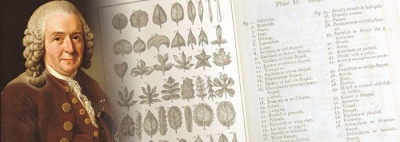
The English scientist Henry Cavendish was an experimental chemist and physicist par excellence. Cavendish was the first to recognize hydrogen gas as a distinct substance. He called it inflammable air.
Cavendish showed that hydrogen is much less dense than air. In 1785, he published a paper showing the earth’s atmosphere consists of four parts nitrogen to one part oxygen.
In addition, to his achievements in chemistry, Cavendish is also known for the Cavendish experiment. He was the first to measure the force of gravity between masses in a laboratory, and to produce an accurate value for earth’s density.
Henry Cavendish also experimented with electricity, but much of his work on the subject was only published after his death. He was renowned for the great accuracy and precision of his scientific research.






